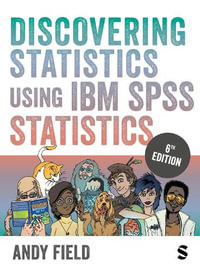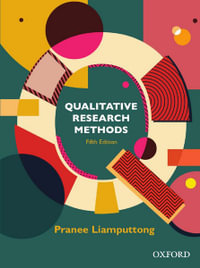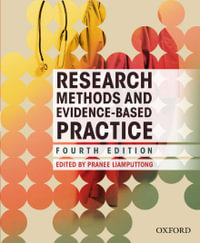Multilevel Modeling is a concise, practical guide to building models for multilevel and longitudinal data. Author Douglas A. Luke begins by providing a rationale for multilevel models; outlines the basic approach to estimating and evaluating a two-level model; discusses the major extensions to mixed-effects models; and provides advice for where to go for instruction in more advanced techniques. Rich with examples, the Second Edition expands coverage of longitudinal methods, diagnostic procedures, models of counts (Poisson), power analysis, cross-classified models, and adds a new section added on presenting modeling results. A website for the book includes the data and the statistical code (both R and Stata) used for all of the presented analyses.
Industry Reviews
With growing statistical software package costs, more researchers are using R than ever before. This book allows researchers to do more when using R. -- Gina R. Gullo * Review * The book offers insights and explanations from which both newcomers and seasoned experts can find benefit. -- Timothy Ford * Review * Because of the author's pedagogically masterful presentation of multi-level modeling, the otherwise challenging journey to this topic now becomes not only smooth but also enjoyable. -- Lin Ding * Reviewer * This is a very well-written and organized book. The author uses practical examples to help the readers understand the reasoning and steps of a complex statistical approach. I have used the first edition of this book in my class, and definitely plan on using the second edition too. This is a book that I would highly recommend to clinical researchers who are interested in learning multilevel modeling. -- Dorina Kallogjeri * Review * Multilevel Modeling provides a thorough and accessible introduction to multilevel models. Through extensive examples, the author expertly guides the reader through the material addressing interpretation, graphical presentation, and diagnostics along the way. -- Jennifer Hayes Clark * review * The new second edition is even better than the first. The models presented are closely linked to an extended example that students can readily identify with. -- Richard R. Sudweeks * Review *
























